 Have you ever wondered what is the hardest software to learn? With today’s technology, there are certain applications that stand out as the most challenging to learn and master. In this article, we will discuss with you the top 12 hardest programming languages to learn. We will also explain what makes these programming languages difficult to master.
Have you ever wondered what is the hardest software to learn? With today’s technology, there are certain applications that stand out as the most challenging to learn and master. In this article, we will discuss with you the top 12 hardest programming languages to learn. We will also explain what makes these programming languages difficult to master.
Things to know before starting to learn any programming language
Before you start your journey of learning language programming, there are various things that you need to keep in mind. Here are the things you need to learn before you choose and start learning any programming language:
- Clear Goal. Define why you want to learn language programming – building apps, websites, or simply understanding technology.
- Logic and Problem-Solving. Programming is about problem-solving. Sharpen your logical thinking and patience.
- Choose Wisely. Pick a beginner-friendly language like Python or JavaScript. Don’t start with the hardest one.
- Resources. Gather quality tutorials, online courses, and books to guide your learning.
- Practice Regularly. Consistency is key. Set aside time daily or weekly to code and reinforce your knowledge.
- Hands-On Projects. Apply what you learn by building small projects. Practical experience is invaluable.
- Debugging Skills. Be ready to face errors. Learning how to debug is crucial.
- Community & Forums. Join online programming communities and forums. Interaction with others can boost your learning.
- Read Code. Study existing code to understand different approaches and best practices.
- Version Control. Learn Git and GitHub to track changes and collaborate with others.
- Documentation. Get comfortable reading documentation. It’s your go-to resource.
- Language Basics. Focus on the fundamentals – variables, data types, loops, and conditionals.
- Problem-Solving Tools. Familiarize yourself with debugging tools and online resources like Stack Overflow.
- Growth Mindset. Embrace challenges. Mistakes are stepping stones to learning.
- Stay Updated. Technology evolves. Keep learning new features and trends.
You might also like: Efficiency Unleashed: 12 Best Software for C Programming Pros!
Factors making a programming language harder to learn
There are various factors that you need to consider which make programming language harder to learn. Here are some of them:
- Syntax Complexity. Languages with intricate syntax rules and conventions can be harder to grasp, especially if you are a beginner.
- Abstraction Levels. Languages with high levels of abstraction shield underlying complexities, but learning them requires a deeper understanding.
- Conceptual Difficulty. Some languages introduce complex concepts like memory management or functional programming, adding to the learning curve.
- Lack of Resources. Limited tutorials, documentation, or community support can hinder effective learning.
- Limited Expressiveness. Inflexible languages may require more code to accomplish tasks, making learning and development more time-consuming.
- Paradigm Shifts. Switching between programming paradigms (like procedural to object-oriented) demands a shift in mindset.
- Ecosystem Complexity. Languages with vast libraries, frameworks, and tools may overwhelm newcomers.
- Unusual Features. Unique or unconventional language features can be confusing, requiring extra effort to comprehend.
- Error Handling. Languages with complex error messages or debugging processes can be frustrating for learners.
- Scarcity of Use Cases. Languages with niche applications may have limited real-world use, affecting motivation to learn.
You might also like: 10 Best Java Programming Apps for Android
What is the hardest software to learn – programming languages?
1. C++

C++ is a powerful programming language used to create software, games, and applications. What makes it a bit challenging to learn is its combination of complex syntax (the rules for writing code) and a variety of features that provide a lot of control but also require careful management. This can sometimes make it more confusing for beginners to understand and use effectively. However, with practice and patience, mastering C++ can open doors to creating high-performance and versatile programs.
2. LISP
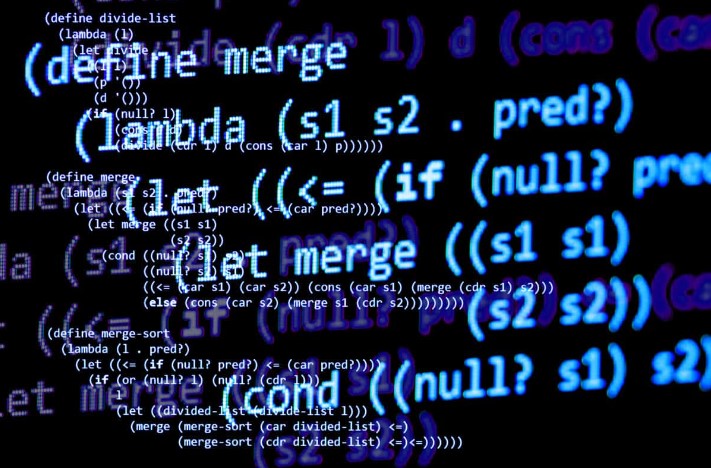
LISP is a programming language known for its unique structure that treats code and data almost the same way. It’s used for tasks like artificial intelligence and symbolic computing. Learning LISP can be challenging because of its different approach, where parentheses play a big role in organizing code, and this can be confusing initially. However, this distinctive feature also gives LISP its power and flexibility, making it a language of choice for certain specialized applications once you overcome its initial learning curve.
3. Prolog
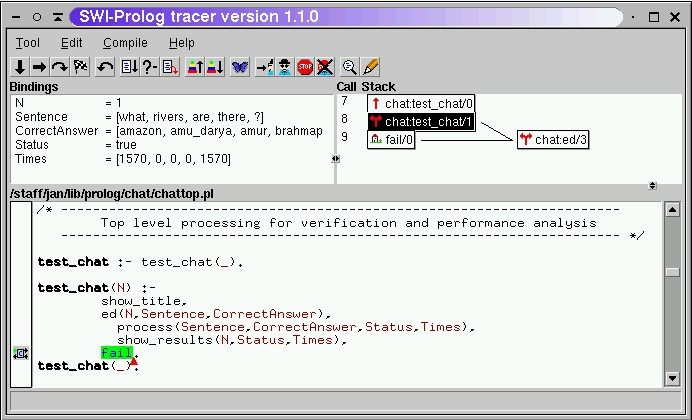
Prolog is a programming language designed for solving problems using logical reasoning. It’s often used in areas like artificial intelligence and expert systems. What can make Prolog challenging to learn is its unique focus on defining relationships and rules rather than traditional step-by-step instructions. This declarative approach, where you describe what you want rather than how to do it, can be initially unfamiliar and complex. Yet, once you grasp this concept, Prolog’s ability to handle complex logic and intricate problems becomes its greatest strength, making the effort to learn it quite rewarding.
4. Haskell

If you are asking what is the hardest software to learn, Haskell will always be on the list. It’s known for its emphasis on functional programming and strong type system. What can make Haskell challenging to learn is its departure from traditional programming styles – it encourages thinking in terms of functions and immutability, which can be unfamiliar to newcomers. Additionally, Haskell’s strong type system demands precise coding and may require a shift in how you approach problem-solving, although this complexity ultimately leads to more robust and reliable software once you overcome its initial hurdles.
5. Rust

Rust is a programming language focused on providing both high performance and memory safety. What can make Rust challenging to learn is its strict borrowing and ownership system, which aims to prevent common bugs and crashes but requires a deep understanding of memory management. This system, while powerful, can lead to complex interactions when working with data, making Rust initially difficult to grasp. However, mastering these concepts enables developers to create fast, secure, and reliable software, making the effort to learn Rust highly valuable.
6. Assembly Language (ASM)
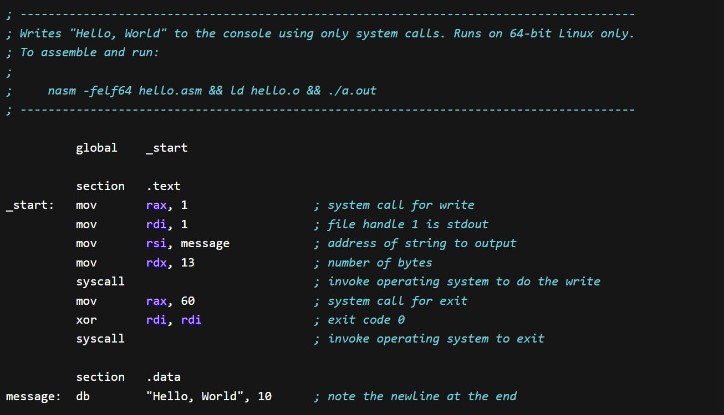
Assembly Language (ASM) programming is a low-level language that represents instructions a computer’s processor can directly execute. What makes ASM challenging to learn is its closeness to the computer’s hardware – you must work with basic commands and memory locations, which requires a deep understanding of how the computer functions at a fundamental level. This direct interaction with hardware can be complex, and mistakes can lead to errors that are difficult to trace. However, mastering ASM offers unparalleled control and efficiency, enabling programmers to create highly optimized and specialized software once they overcome its initial intricacies.
7. Esoteric Languages

Esoteric languages are unconventional and often humorous programming languages, created more for artistic expression or challenging norms rather than practical use. What makes esoteric languages difficult to learn is their intentionally bizarre syntax and unconventional rules, which can seem puzzling and counterintuitive compared to mainstream languages. They often prioritize creativity over functionality, making them confusing for beginners, yet they offer a unique playground for exploring unconventional coding concepts and pushing the boundaries of programming creativity,
8. PHP
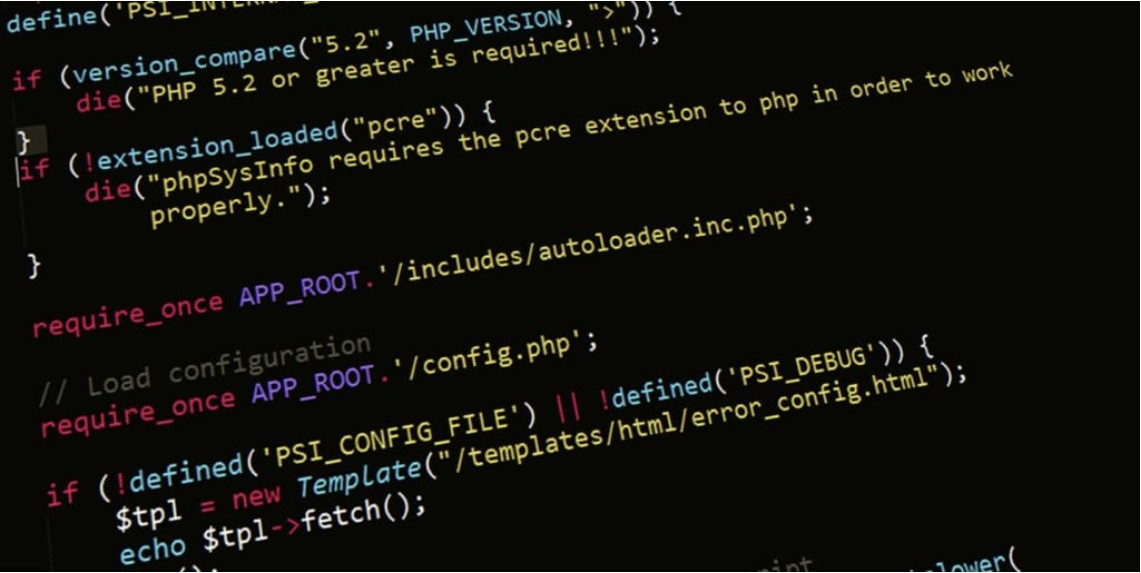
PHP is a widely-used scripting language primarily designed for web development. What makes PHP an accessible language to learn is its simple and intuitive syntax, which resembles HTML and allows embedding within web pages. However, what can also be challenging about PHP is its historical inconsistencies and security issues, requiring developers to be diligent in following best practices and staying up-to-date with the latest advancements. While PHP offers an easy entry point into web programming, mastering it involves understanding its nuances and effectively managing potential pitfalls for robust and secure web applications.
You might also like: Must-Learn Software: Essential Tools for Your Skillset and Success
9. Python

Python is a versatile and beginner-friendly programming language known for its clear and readable syntax, which makes it relatively easy to learn for newcomers. Its extensive standard library and active community contribute to its accessibility, providing ample resources for learning and problem-solving. However, Python’s simplicity can sometimes hide complexities, especially when dealing with performance optimization for resource-intensive tasks. As projects become more advanced, understanding Python’s memory management and nuances of its object-oriented programming paradigm can present challenges. Despite this, Python remains a popular choice for various applications, ranging from web development to data science, due to its balance between simplicity and functionality.
10. Go
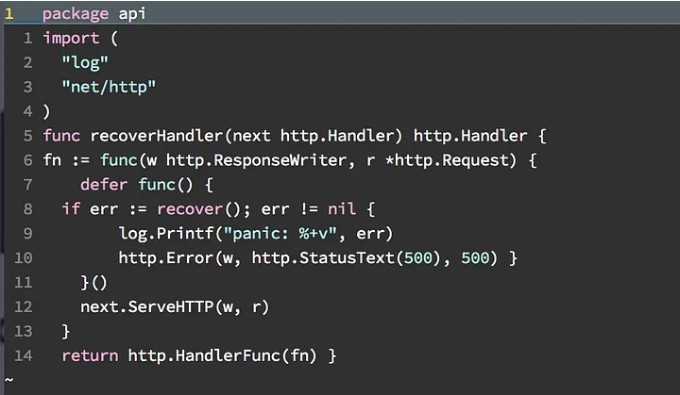
Go, also known as Golang, is a modern and efficient programming language designed for simplicity and performance. Learning Go is made easier by its straightforward syntax and a smaller set of features, which helps beginners grasp concepts quickly. However, what might pose a challenge is the language’s strict rules around formatting and style, which ensure consistency but can feel restrictive initially. Additionally, Go’s unique approach to concurrency through goroutines and channels can require a shift in mindset for those accustomed to traditional threading models. Despite these potential difficulties, Go’s strong emphasis on simplicity, efficiency, and built-in support for concurrent programming makes it an attractive choice for building scalable and high-performance applications.
11. Perl

Perl is a flexible and expressive programming language often used for text processing, scripting, and system administration tasks. Learning Perl can be initially challenging due to its diverse syntax and numerous ways of accomplishing the same task, which can lead to confusion for beginners. Additionally, Perl’s focus on regular expressions and its powerful but complex built-in functions require some effort to fully comprehend. However, once mastered, Perl’s ability to handle intricate text manipulations and its extensive libraries make it a valuable tool for various applications, ranging from web development to data analysis.
You might also like: What Makes an Excellent Software?
Our Verdict: What is the hardest software to learn?
The most difficult software to learn is usually very complicated and takes a lot of time and effort to understand. It might have confusing features and require advanced knowledge in programming and technical areas, making it tough for even experienced people to become skilled at using it. Now that we’ve answered your question, “What is the hardest software to learn?” you’ll be able to prepare all you need and master these programming languages.





